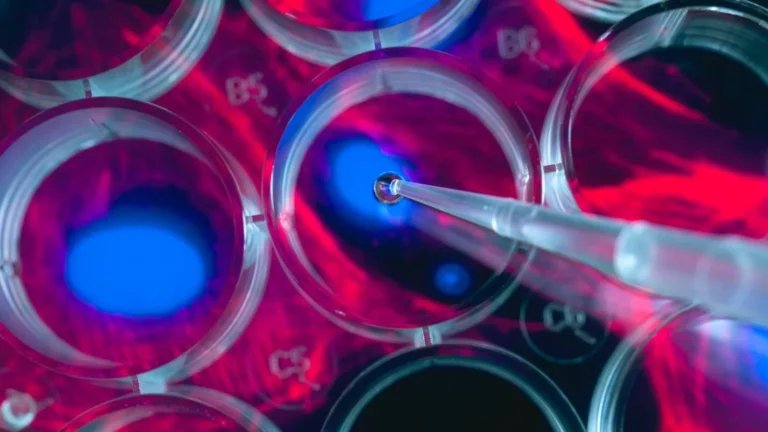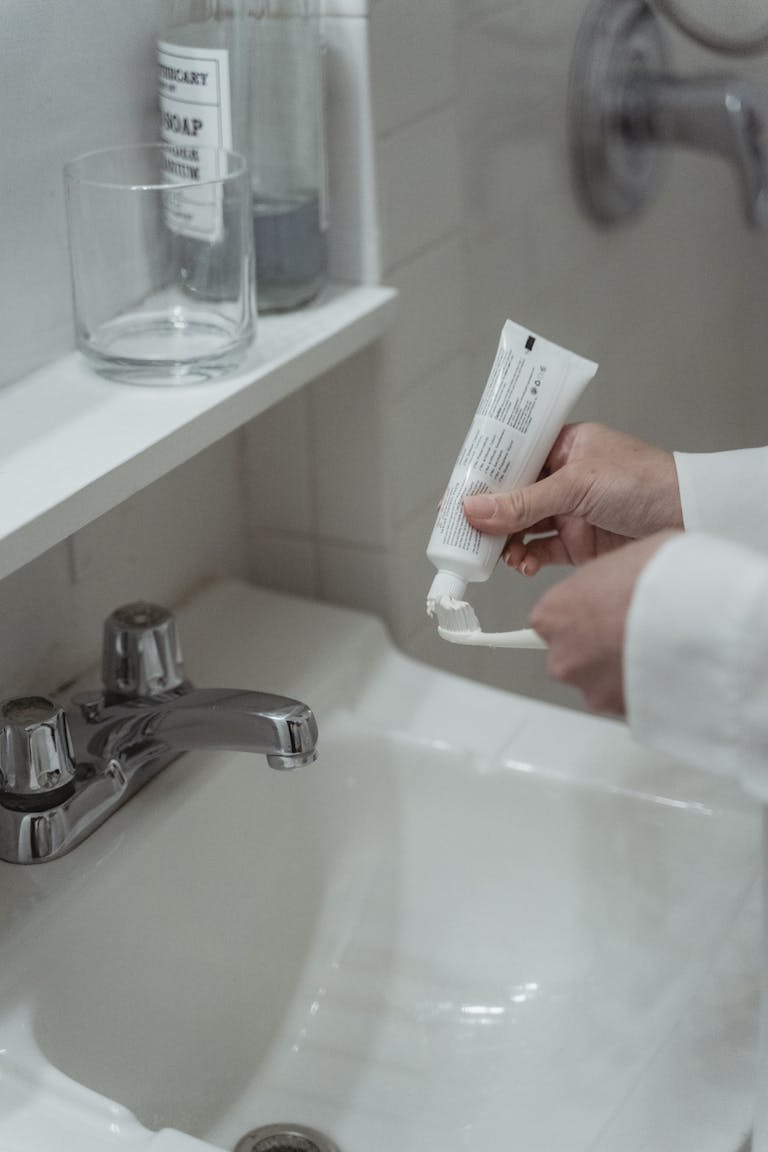The quiet problem at the edge of your smile
Gum recession is the gradual loss of the protective pink tissue that frames and seals your teeth. When the margin pulls back, it exposes root surfaces – softer, more vulnerable tissue that aches with cold and is easier for decay to attack. The shift can make teeth look longer and the spaces between them darker, changing not just comfort but appearance.
Multiple forces can drive recession. Long-standing inflammation from gum disease erodes the architecture that holds gums in place. Overzealous brushing with stiff bristles scrubs away tissue, particularly in people with a naturally thin gum biotype. Tobacco, chronic dry mouth, tongue and lip piercings, and orthodontic movement outside the bony housing all raise risk. Genetics plays its part, too: some mouths simply start with less protective tissue than others.
Why gums don’t grow back on their own
Healthy gums are part of a complex unit – the periodontium – made of gingiva, bone, cementum, and the periodontal ligament. Once attachment is lost and the gum margin has migrated, the body does not regenerate that exact architecture spontaneously. You might see swelling subside with better hygiene and professional cleanings, which can make the gums look “higher” and healthier. But that’s different from true regrowth of lost tissue.
Gum recession cannot be reversed, but it can be treated.
– American Academy of Periodontology
That distinction matters. Gingivitis, the earliest stage of gum disease, is inflammation without permanent attachment loss and can resolve fully with care. Periodontitis – the advanced stage – involves destruction of the supporting structures. Treatment can halt it and even regenerate parts of the support system in the right conditions, but it does not simply restore the original gumline everywhere.
What modern dentistry can repair—and how
First line: controlling inflammation and trauma
For many patients, the first prescription is not a scalpel but strategy. Dentists start with thorough cleanings above and below the gumline to remove plaque and calculus. They correct brushing technique, switch patients to soft bristles, and often recommend a powered brush with a pressure sensor. Nightguards can protect against grinding forces that irritate already thin tissue. Tobacco cessation and better control of conditions like diabetes reduce the body’s inflammatory burden.
Those steps don’t make lost gum tissue reappear, but they can stop the slide – and sometimes tighten and pink up puffy, inflamed gums that were hiding the true margin. Sensitivity can improve, and cavities on root surfaces can be treated with desensitizing varnishes or fillings.
Surgical options: rebuilding the margin
When recession is pronounced, surgeons can often rebuild coverage and thickness. The workhorse is the connective tissue graft: a small strip of tissue from the roof of the mouth is placed over the exposed root and secured with a flap, thickening the gum and moving the margin closer to its original level. Variations include free gingival grafts to add durable tissue in high-stress areas, pedicle (sliding) flaps that borrow neighboring gum, and procedures that use donor or collagen matrices instead of palatal tissue.
Techniques have become less invasive. Tunnel approaches thread grafts under intact gum, and coronally advanced flaps gently reposition tissue without large external incisions. Patients often report several days of soreness—especially if tissue is borrowed from the palate – but in experienced hands, root coverage and long-term stability are strong, with the bonus of reduced sensitivity and easier cleaning.
Lasers and the promise—and limits—of regeneration
Lasers, including protocols like laser-assisted new attachment procedures, aim to disinfect and encourage reattachment in periodontal pockets. Some studies show similar improvements in pocket depth and bleeding control compared to traditional therapy. Still, lasers are not a shortcut to “growing back” a vanished gumline; results depend on case selection and clinician skill, and expectations should be grounded in evidence rather than marketing.
True regeneration focuses on the support beneath the gumline. In specific, well-contained defects, periodontists may use guided tissue regeneration membranes, enamel matrix derivatives, or growth-factor products to coax new bone and ligament attachment. These tools can rebuild parts of the foundation, which helps stabilize the gum margin above – but they are not an over-the-counter gel or strip that re-creates a perfect scalloped gumline overnight.
Prevention: small daily choices, big long-term payoff
- Brush with a soft-bristled brush for two minutes, using gentle pressure and small circular motions at a 45-degree angle to the gumline. Hard scrubbing sideways does more harm than good.
- Consider a powered brush with a pressure sensor. Manual and electric brushes can be equally effective, but many people find the feedback helps avoid overbrushing.
- Clean between teeth daily. Floss, interdental brushes sized to your spaces, or water flossers can all work – just don’t force a tool where it doesn’t fit. Ask your hygienist to size interdental brushes correctly.
- Quit tobacco and limit nicotine pouches; both constrict blood flow and impair healing. Your gums will thank you.
- Address clenching or grinding with a professionally made nightguard if needed, and discuss orthodontic options if teeth are positioned outside the bony envelope.
- Review your medications. Some drugs, including certain calcium channel blockers, anticonvulsants, and immunosuppressants, can cause gum overgrowth that complicates hygiene. Your dentist and physician can coordinate a plan.
- Schedule regular dental and periodontal checkups. Early, localized recession is far easier to stabilize than widespread breakdown.
Gingivitis is reversible.
– American Dental Association
That’s the incentive to act early: bleed-now, heal-now problems can be turned around before they harden into permanent loss. Ask for a periodontal charting – a six-point gum measurement around each tooth—so you and your clinician can track changes over time.
The cost, access, and timing equation
In the United States, dental benefits and medical coverage are often siloed, and gum care can fall into the gap. Non-surgical therapy is typically covered, but surgical grafting may come with limits or waiting periods. Fees vary by region and technique: adding tissue to a single recessed site can run into the hundreds or more, with additional costs for sedation or donor materials. Those numbers make prevention look like a bargain – and they make a second opinion from a periodontist worthwhile when surgery is on the table.
Public health data repeatedly show how common these problems are. Periodontal disease affects a large share of adults, increasing with age, smoking, and chronic conditions. The lesson is not fatalism; it’s urgency. When caught early, gum problems are among the most modifiable conditions in medicine. When ignored, they’re among the most stubborn and expensive to fix.







